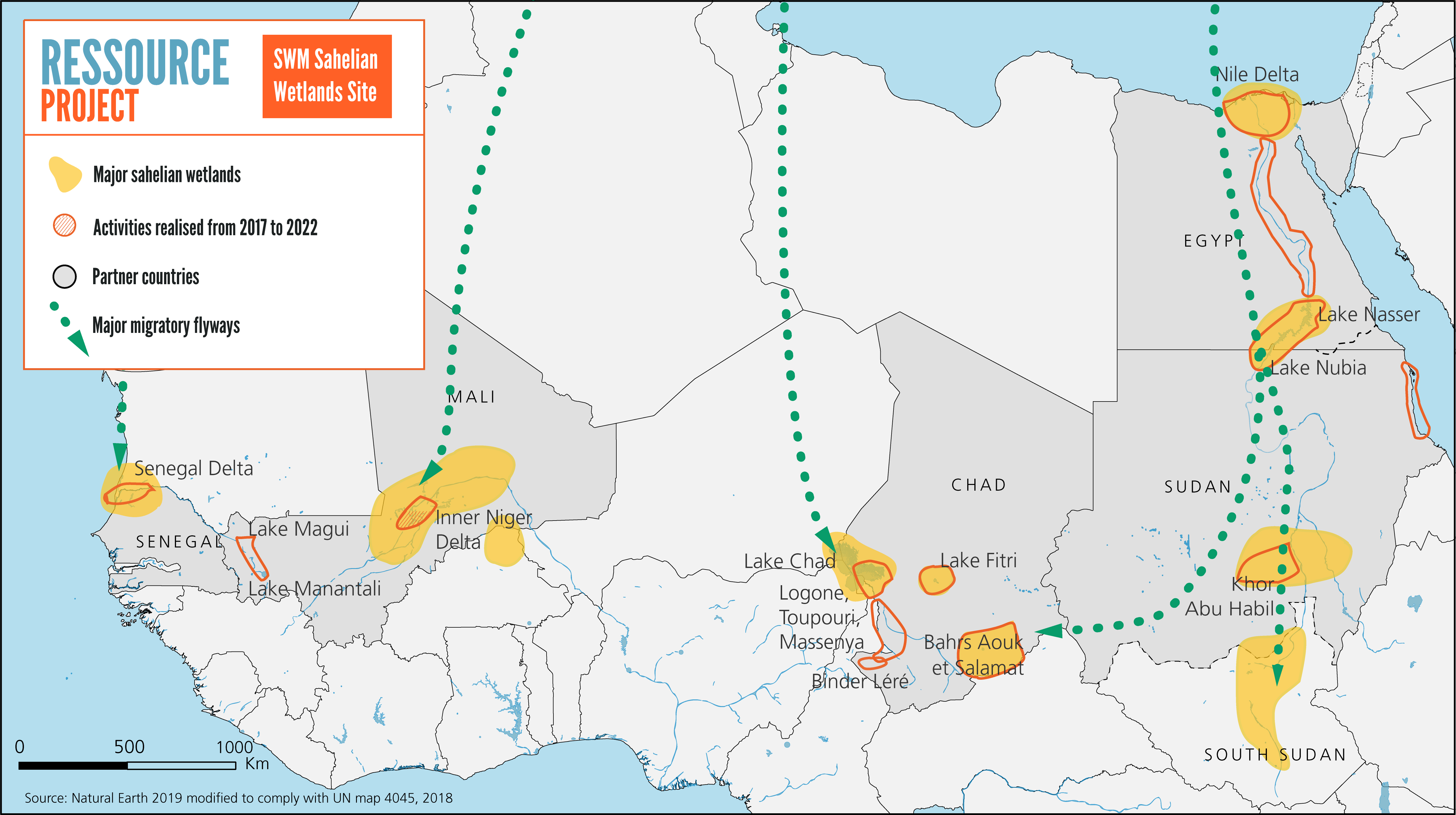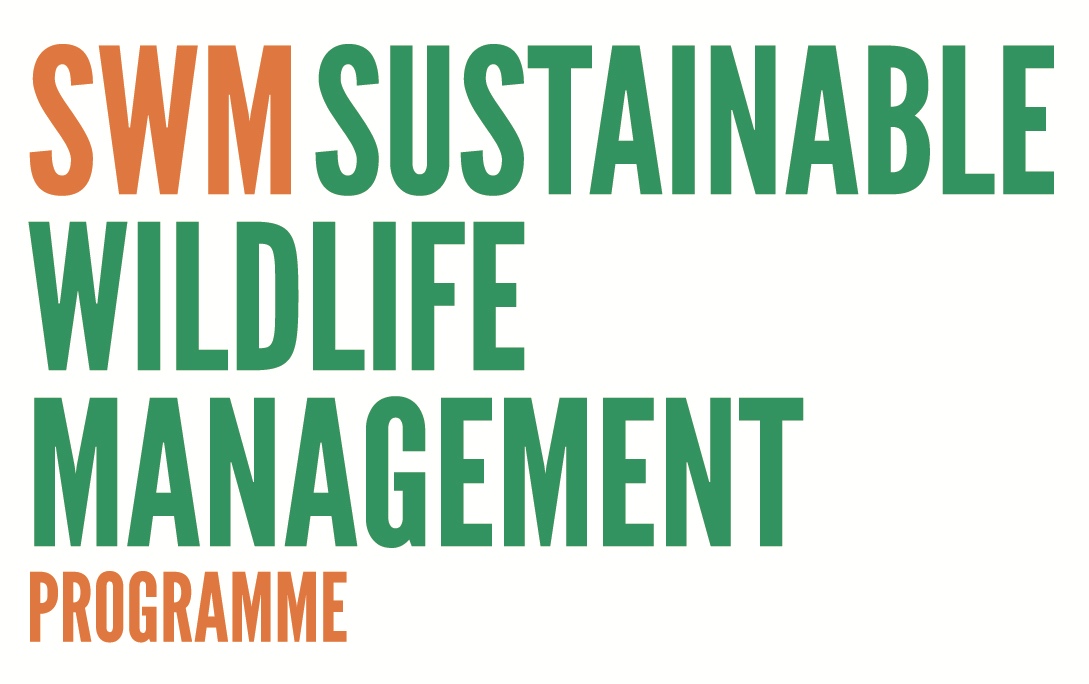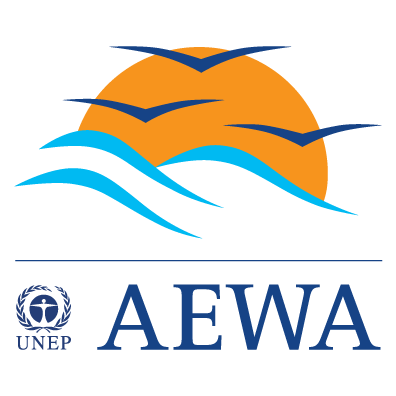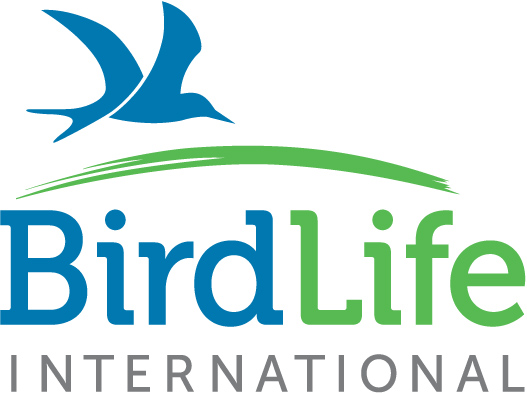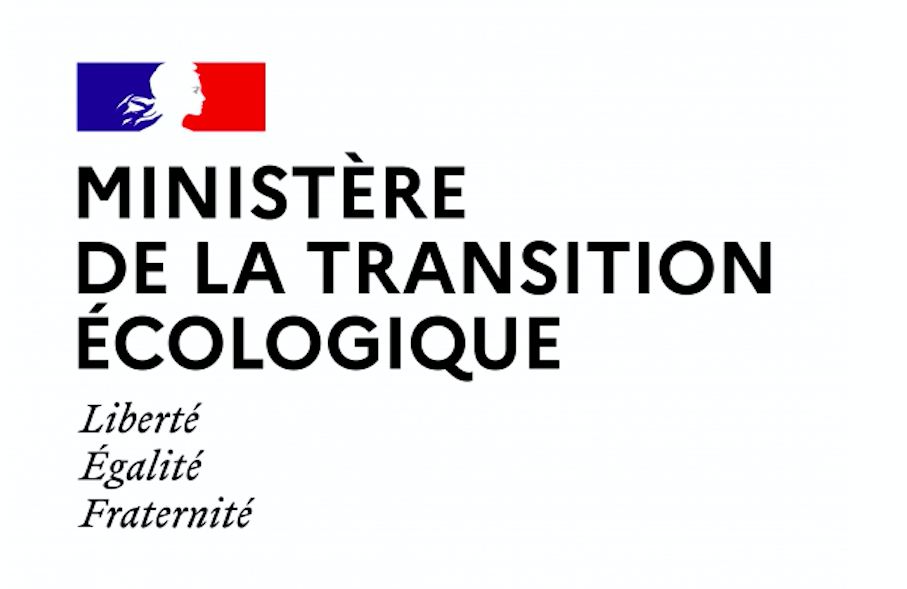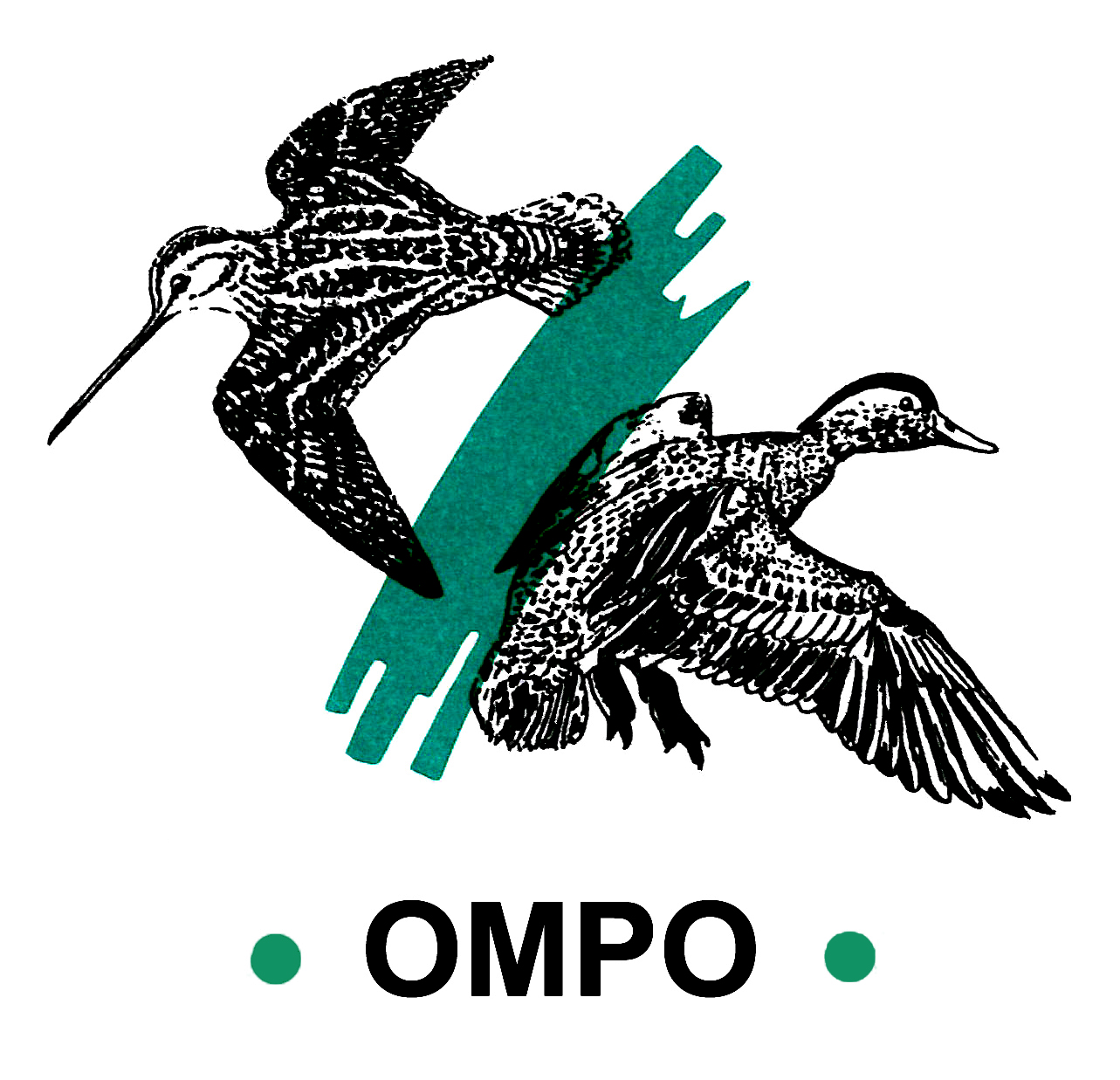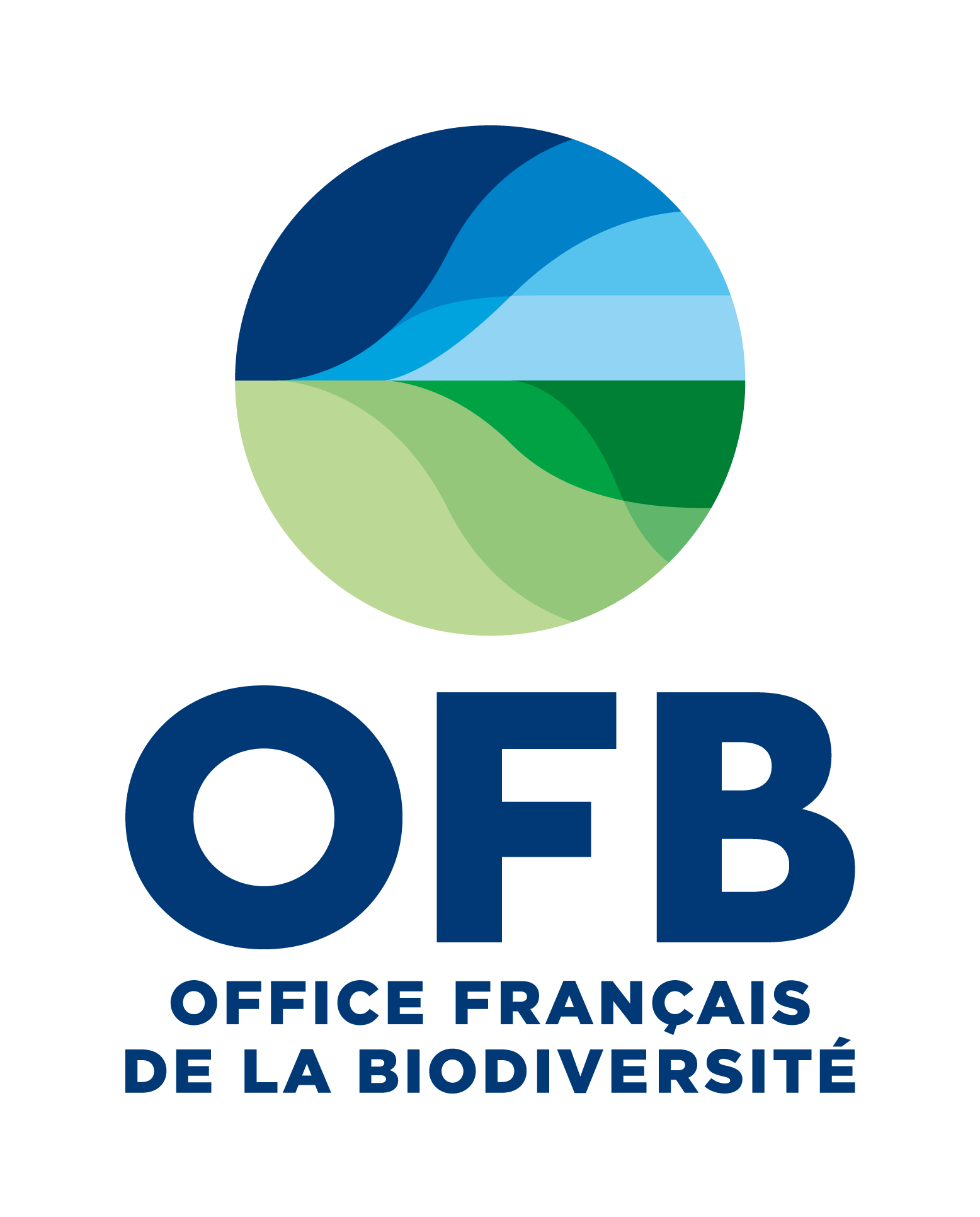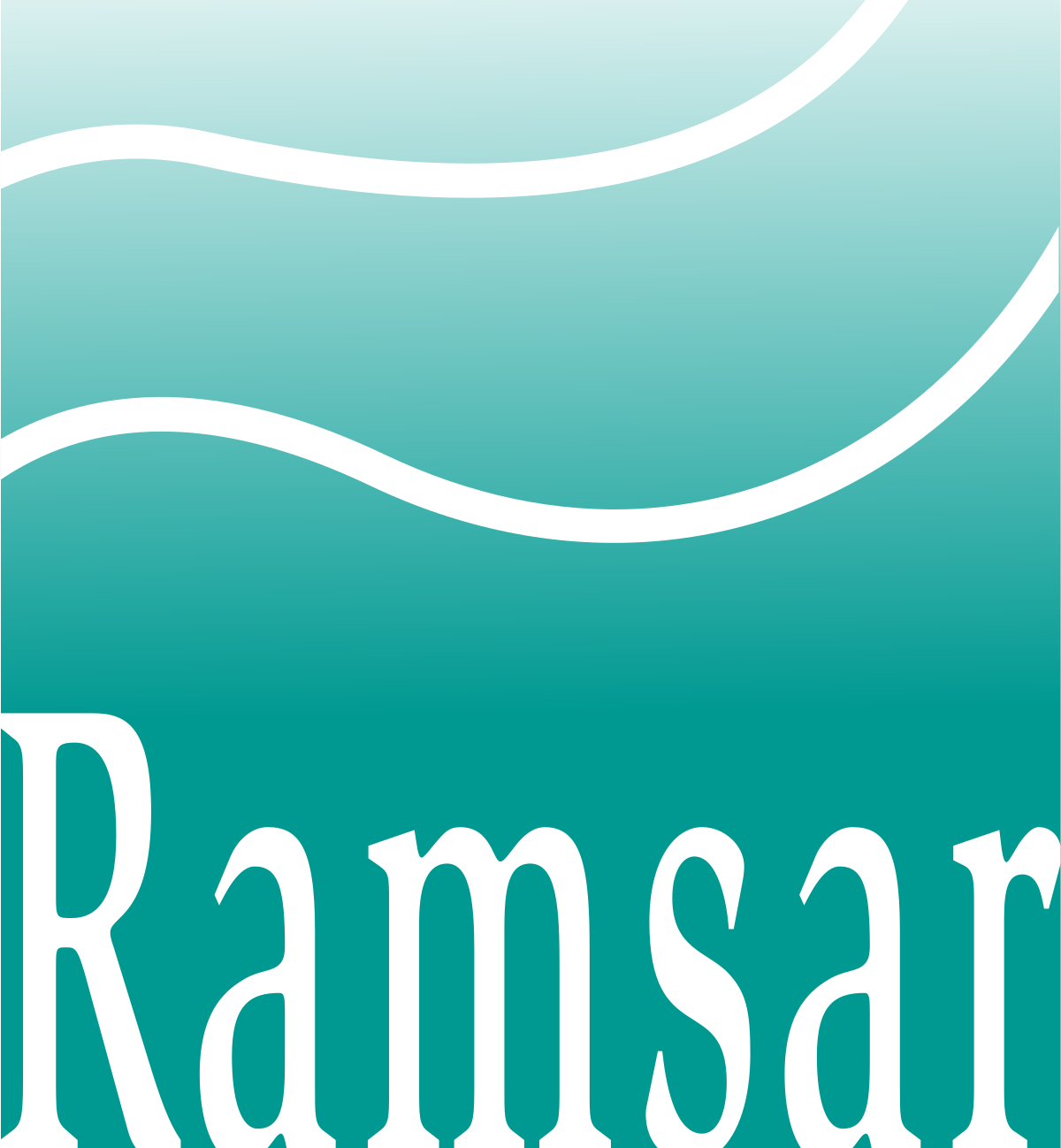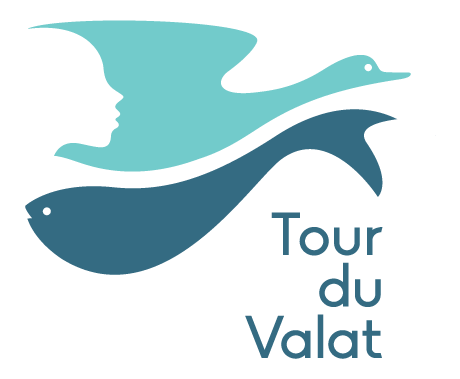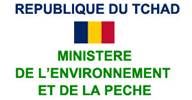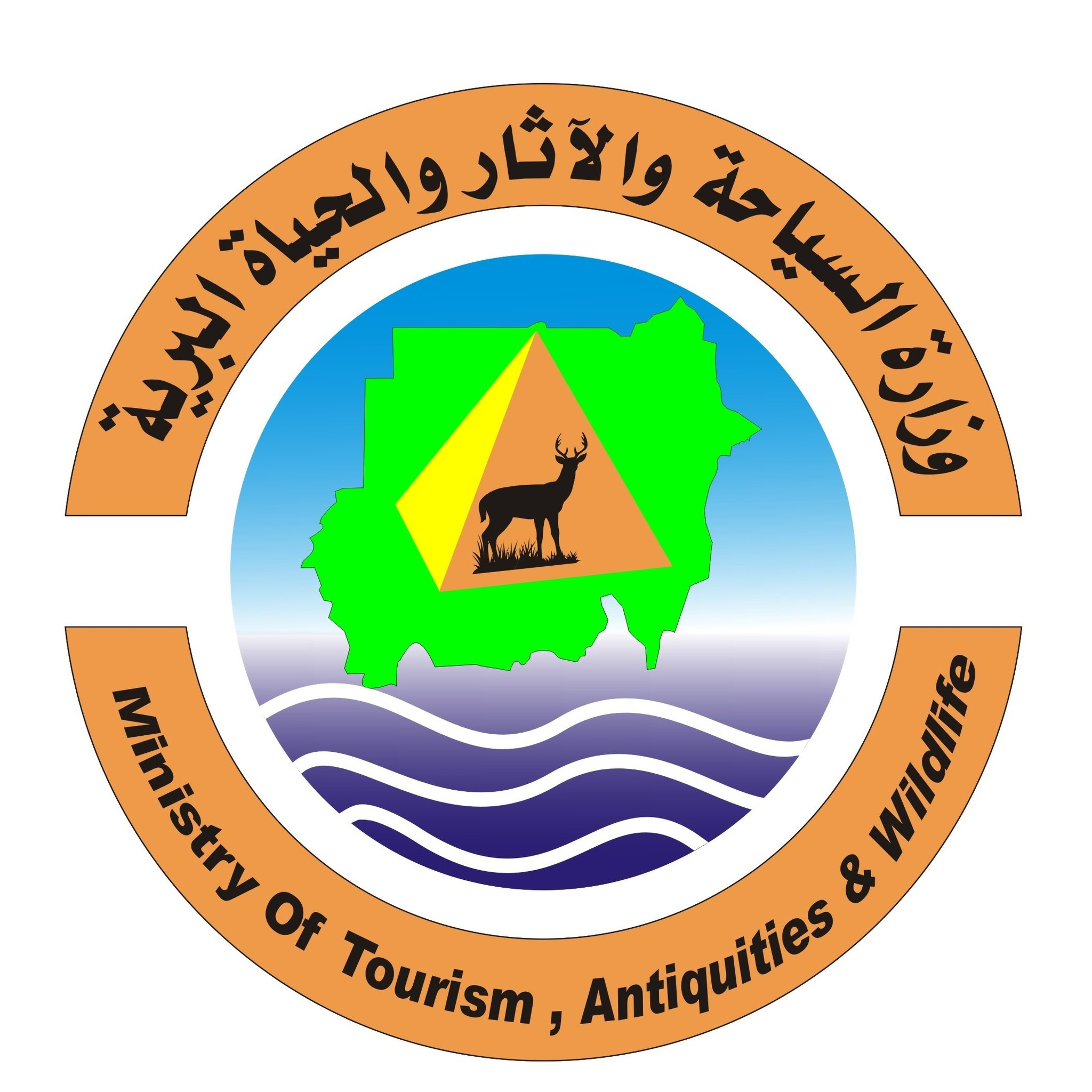The RESOURCE Project in the Sahelian Wetlands
Sahelian Wetlands Site
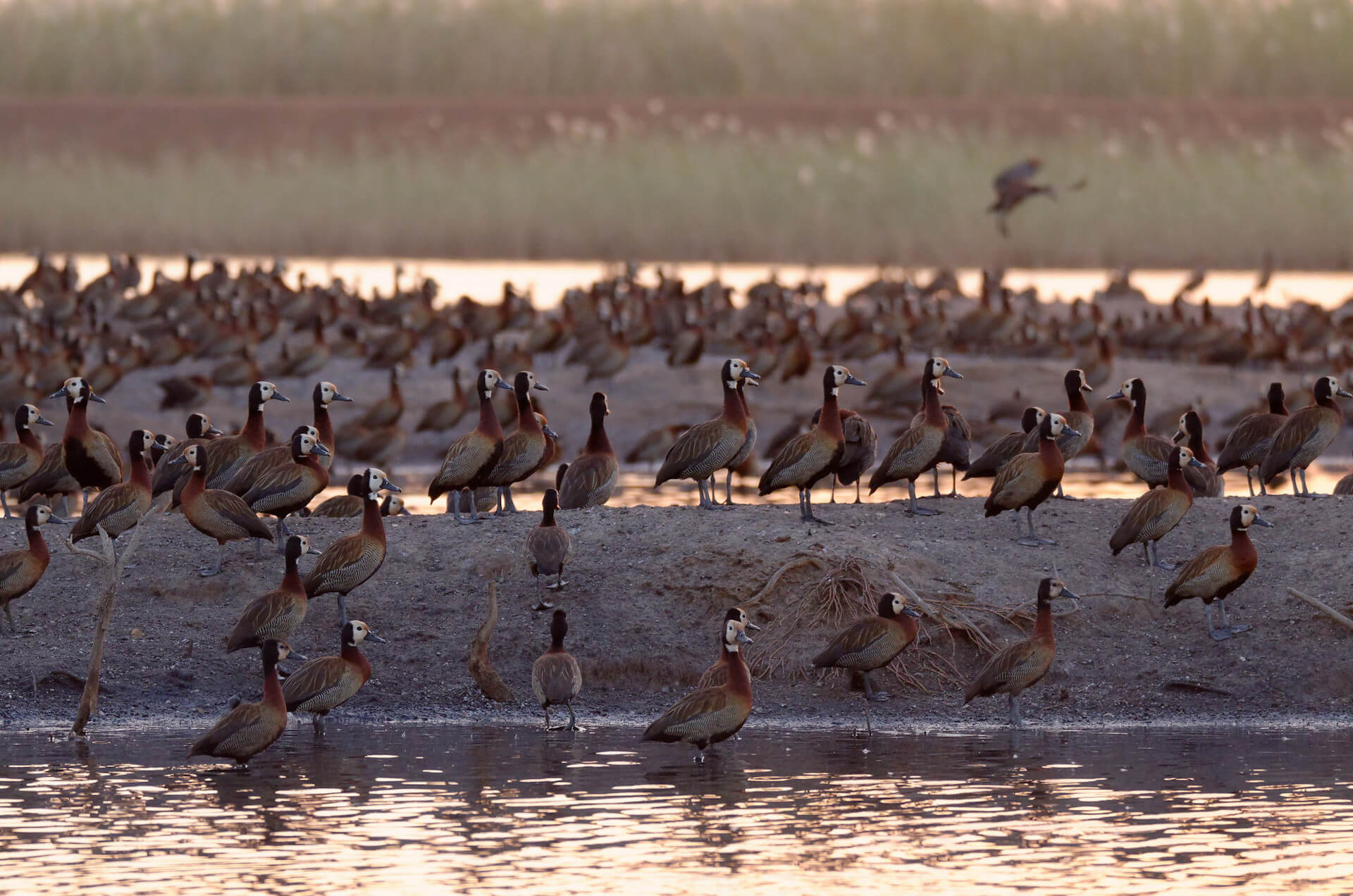 © FAO/Bruno Portier
© FAO/Bruno Portier
RESSOURCE PROJECT
The Sahelian wetlands are sites of important economic, agricultural, and pastoral activities. They help support the livelihoods of millions of people. Wetlands store carbon, retain and improve freshwater quality. They are home to a rich biodiversity, including millions of waterbirds, such as Palearctic migrants (wintering in Africa but breeding further north in temperate or boreal latitudes of Eurasia) but also many Afro-tropical species. However, climate change, agricultural developments, water supply projects, and intensive use of natural resources, in particular the important pressure of agribusiness (intensive rice cultivation, market gardening) and the competing use of water, are threatening these wetlands. The resulting dramatic changes in habitats have a major impact on the Sahelian waterbird populations, some of which may have declined by 40 percent between 1960 and 2000.
The RESSOURCE Project, which stands for "Strengthening Expertise in South Sahara on Birds and their Rational Use for Communities and their Environment", aims to improve the sustainable use of natural resources, particularly waterbirds, in the wetlands of Egypt, Mali, Senegal, Sudan and Chad. The activities, coordinated by FAO, are implemented by technical partners recognized for their expertise, in collaboration with national authorities and local wildlife institutions.
DID YOU KNOW?
- The RESSOURCE Project supports communities in the Senegal River delta to conserve wetlands and waterbirds though the promotion of white water lilies farming (watch video here).
- On 19 July 2022, Sudan designated its fourth Ramsar site, the Khor Abu Habil Inner Delta, thanks to the RESSOURCE Project's support to the Sudanese Wildlife Conservation and General Administration and the High Council for Environment and Natural Resources (watch the documentary).
- The RESSOURCE Project's team has recently participated in several international events (APAC-IUCN, MOP-8 AEWA, COP-14 Ramsar, PAOC-15 and COP-15 CBD) where the main results and achievements of the project were presented and widely apreciated.
- In January 2020, the RESSOURCE Project conducted aerial counts in Bahrs Aouk and Salamat and thanks to innovative data processing techniques, it was estimated that this internationally important wetland was hosting nearly 2.7 million waterbirds.
- 86 % of waterbirds available on the stalls of the inner Niger Delta in Mali are sold live. The two most traded species are the Spur-winged Goose (Plectropterus gambensis) and the Cattle-Egret (Bubulcus ibis).
- From 2017 to 2022, more than 150 professionals from national administrations and local communities were trained in waterbird identification, counting techniques and wetland management.
- The RESSOURCE Project is developing a Massive Open Online Course (MOOC) entitled "Identifying and counting waterbirds in North Africa and the Sahel - How and for what purposes’’?
